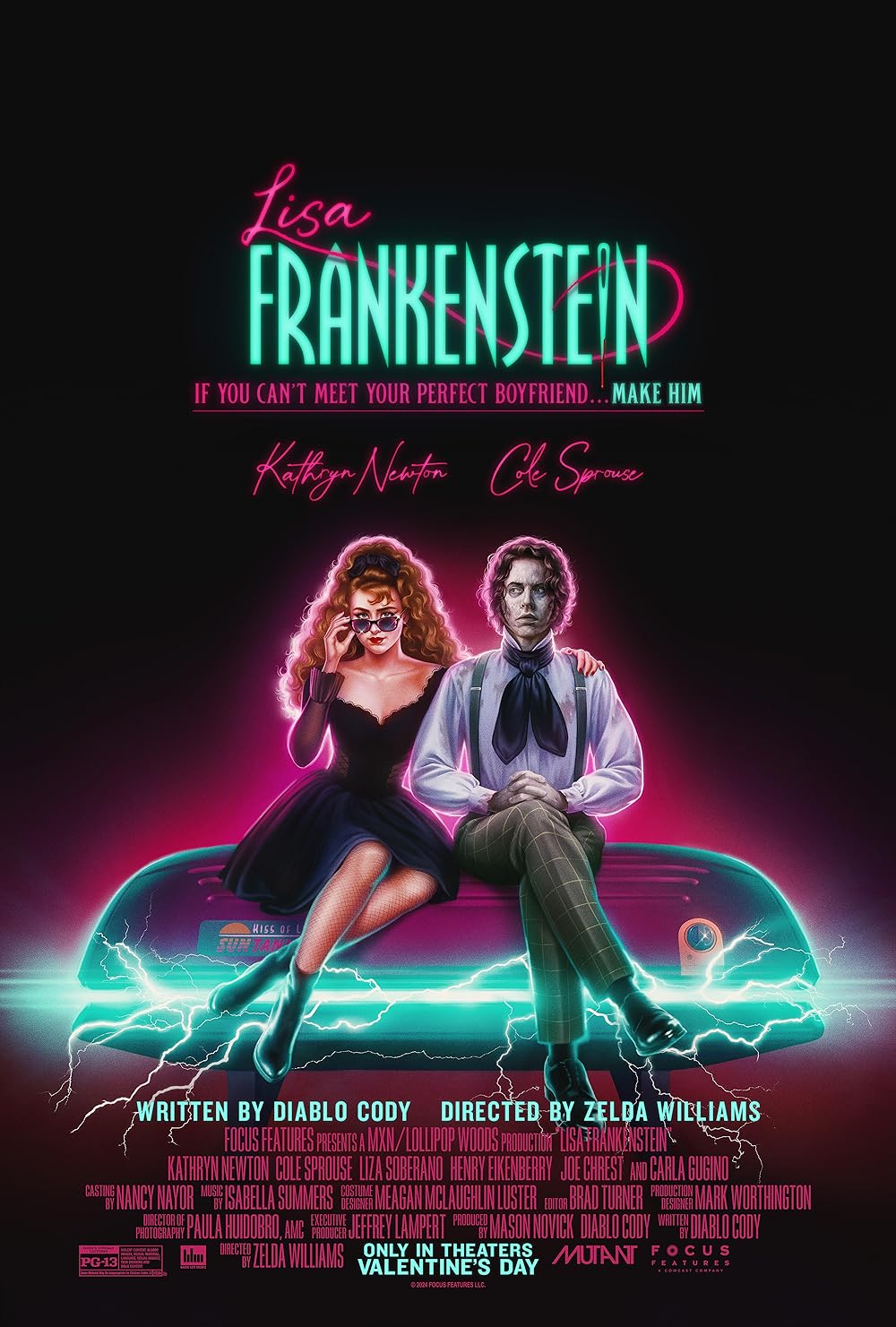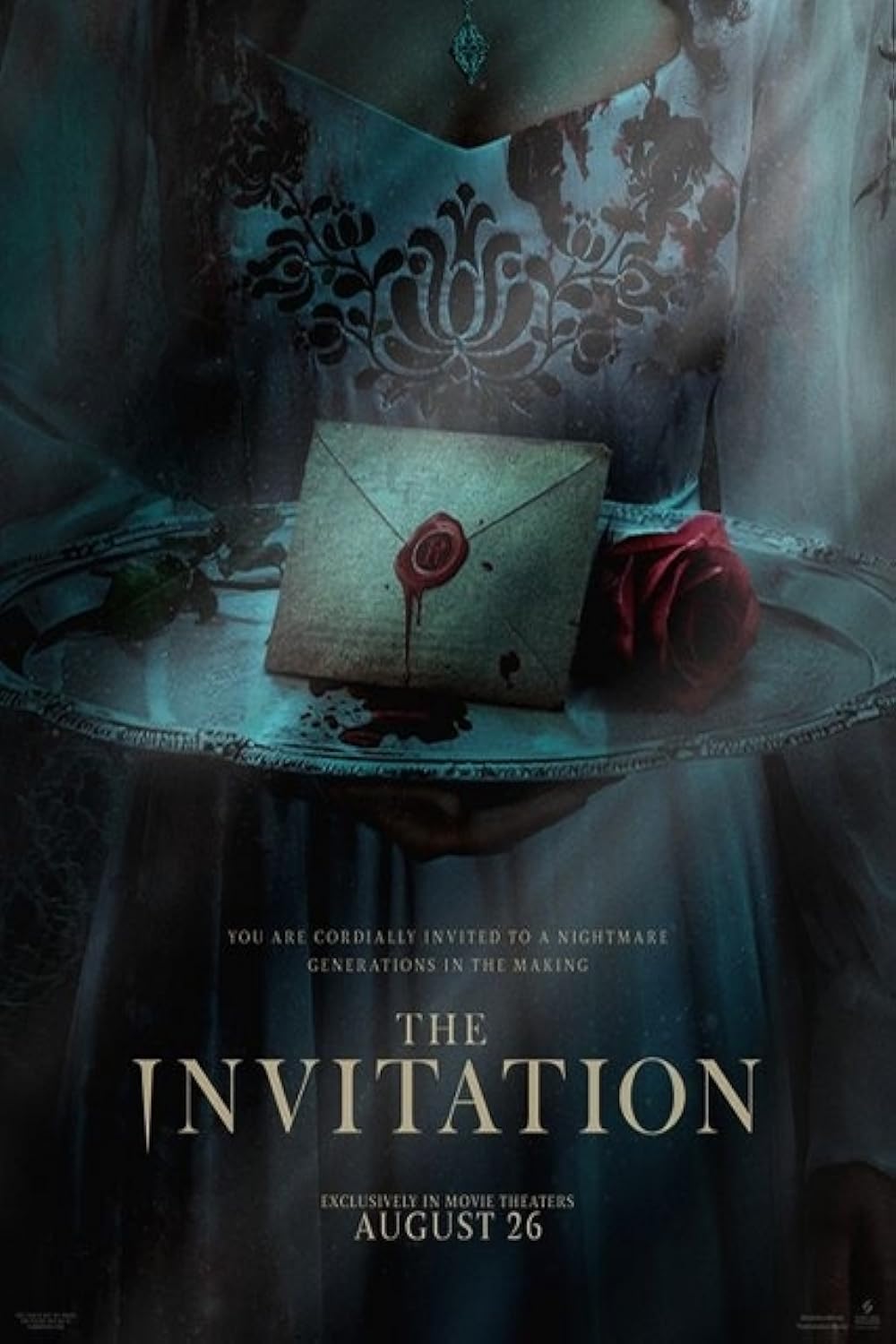Guy Sclanders (Of How to be a Great GM fame) released this book to considerable positive acclaim. Having just started a campaign myself as a new GM I decided to go through this book and see if it was all people said it was supposed to be. For reference, I have the pdf version of the book, so all experience will be with regards to that version in case anything diverges from the hard copy.
One of the first things that I noticed was the awful quality of the assets and background images. Heavy pixelization of anything that wasn’t in a text box is consistent throughout the pdf and started the entire experience on a sour note.
The phrase “LATER IN THIS BOOK” is used a lot with no clear direction to that section of the book for reference. That stings a bit when Guy also promotes his other GM resource books quite clearly with the full web address on where you can buy them multiple times.
There are a lot of great points, but as you read, it can be an overwhelming amount of information with no stopping points to thread the entire process together. It starts referencing things from previous chapters that you may have forgotten the context of and have to flip (scroll) back and re-read sections.
The first six chapters cover fundamentals like theme, tone, imagination and the like and does offer some examples, but I feel like some of the examples go on a little too long and don’t cover all things discussed in a section. As such you end up with a handful of options but only one or two examples, leaving it up to you to try and find samples of the other things discussed, or it is presumed that you can conjure examples on your own.
For a book over three hundred pages long, it doesn’t do a great job of displaying information in an easy to consume format, often relying on the reader to find vital bits of information buried halfway in a paragraph surrounded by train-of-thought content. For example, there is a chapter dedicated to creating your own world with a specific “READ IT ALL” header. However, there are three entire steps that really don’t contribute much to you if you are playing in a pre-made world. Not until Step four ‘Explore’ do you get useful steps for helping you as a GM get a sense of the world.
Much of the book feels aimed at people just getting into GMing but swings suddenly into intermediate or advanced/experienced GMing with no separation or warning. This leads to a new GM (such as myself) getting flooded with information that may not be helpful, especially if you aren’t starting a new campaign, but trying to tread water in one you jumped into the deep end to run. Foreground and background events are great and all, but it can be a bit too much when you’re scrambling just to try and fill the next session. I do appreciate some accommodation once I hit chapter nine, which finally provides some direction if you have already started your campaign.
I like the concept behind the NPC’s acting as a sort of program, letting the game kind of run itself, but this requires a lot of time and experience to build your imagination to the point where this high level mindscape action can happen and Guy seems to imply that it just works, showing a consistent disconnect between himself, with DECADES OF EXPERIENCE, and GM’s just getting started. A good example of this, is Guy speaking about starting a coup in a powerful nation. Quote: “You will create the NPC, but the moment that NPC takes their first breath, they’ll tell you how they’ll run the coup. Obviously, all of this is happening within your head…” For someone struggling to string a couple of sessions together for their friends, this really comes off as pretentious.
In some ways, the contents of this book are really solid, but ultimately it lacks the separation between advanced GM skills and fundamental GM skills. It’s the difference between someone teaching you how to ride a bike by holding the seat to keep you stable, and someone sitting you down and teaching you Newton’s laws of motion before you ever look at a bike. Is it very good information? Yes. Is it good for someone who wants to learn to ride a bike? Not really. I’d rather learn how to not crash and get my balance, and then explore the theory behind it when I’m ready.
Moving on to NPC’s specifically, he speaks of OGAS (Occupation, Goal, Attitude, Stake) and in Goal states “All NPC’s must have goals.” Which sounds great, however, in the section right before this he states that he only makes 4 NPC’s (his villains) and that “I don’t know what other NPC’s the PC’s will need, so I can’t make them up beforehand.” This clearly contradicts itself and leads the reader to wonder if we’re making a bunch of npc’s before or not. If every npc needs a goal, then you have to know something about the npc, as such you are creating this all on the spot (again, easier for experienced GM’s and a nightmare for newbies).
The question stands if I recommend this book, and ultimately, I do. I realize that, with all the critiques that I have, that may come as a surprise, but I genuinely think that Guy has put a lot of great information in one place. However, as he states, the Great GM system was a shift in his thought process after decades of experience, and while the book tries very hard to get GM’s to where he is, I think that he perhaps underestimated how much of a factor his experience plays in his ability to do what he preaches. As a new GM myself, his system looks amazing, and he makes it look easy, but that’s like saying Matt Mercer or Brennan Mulligan makes it look easy. They have decades of experience and sit atop a mountain of knowledge that comes to them like second nature.
This is the key problem that Guy could not reconcile, he no longer sees the process of GMing from the point of a person without years of experience. At least not without effort, and I don’t think it was in his conscious thought while he was writing. Surely he was putting stuff in there for new GM’s, the tables and examples are very helpful, but the book lacks a more academic format that some people may be looking for.
In spite of poor formatting and inconsistent examples, I think I will be glad to keep this resource in my library for later when I’ve garnered some more experience behind the GM screen. There is great information in here, but it can also be hard to separate the wheat from the chaff when you really want concise details. The book is not tailored to someone who has already started a campaign, it is very much assuming that you are going to read it before you start a game, so understand that if you have already started, it’s going to be a lot more work to play catch up if you want to use Guy’s system.



Leave a comment